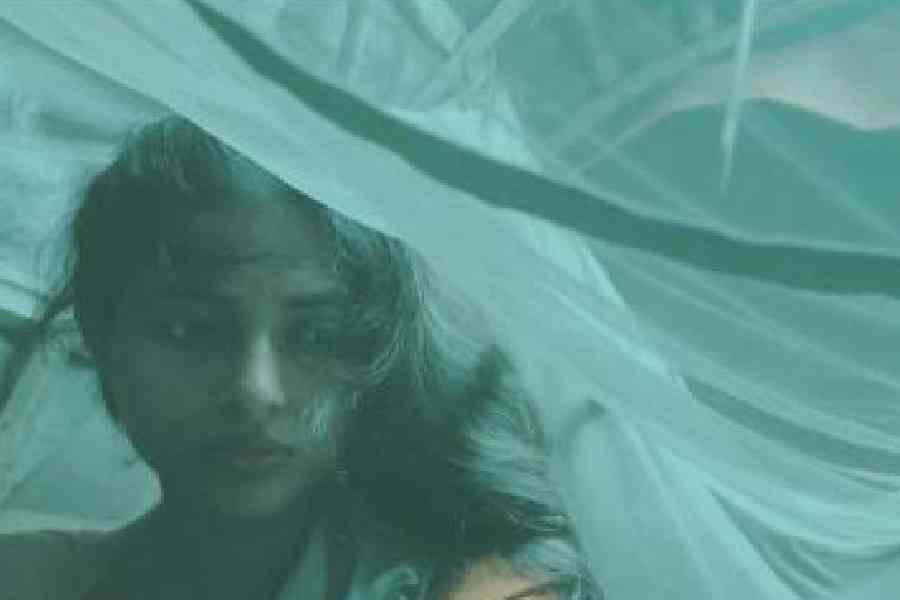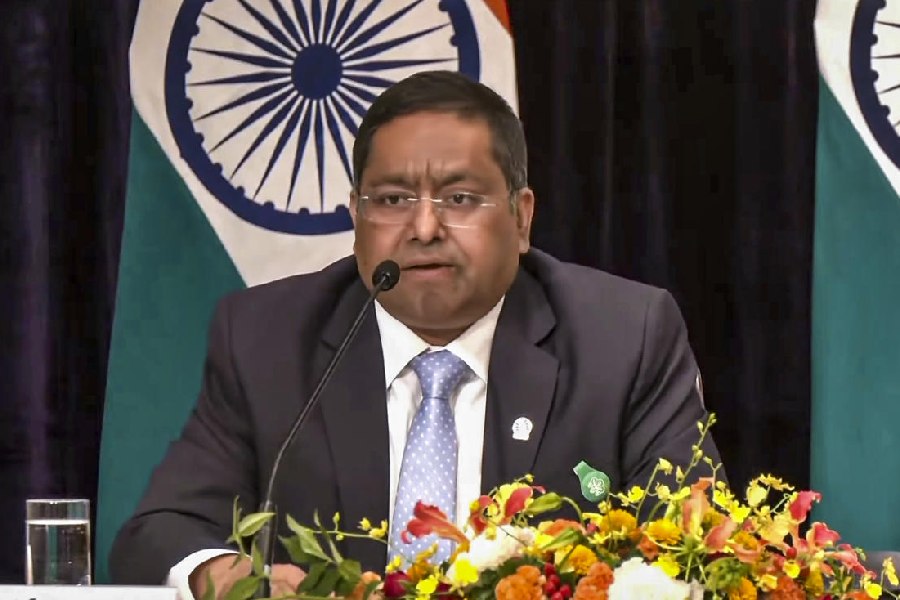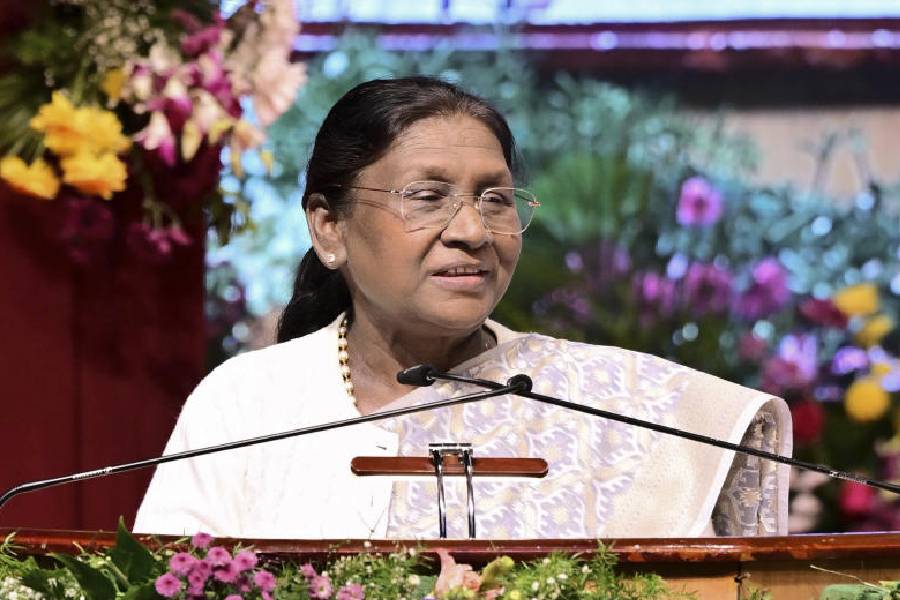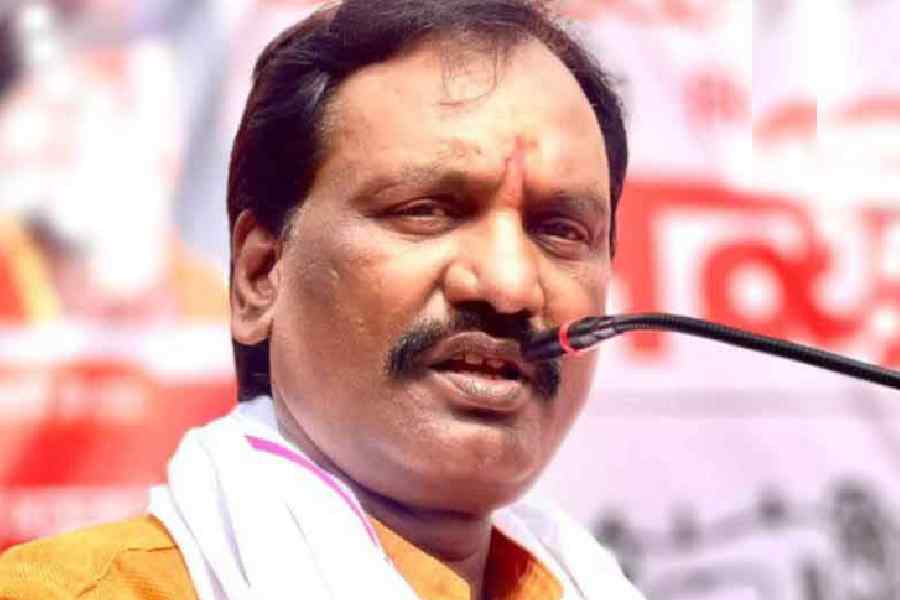Director Aneek Chaudhuri has wrapped up the shoot of his new film Ashva, which blends elements of Norse mythology with an exploration of human emotions, and the relentless pursuit of a lost entity from the future. Starring Tamalynne Grant, Ranjan Giri, Usha Banerjee, Rahuul Gupta, Shalini, Rashmi Kumari, Bristy Guhathakurta, Srija Bhaduri and Sana Mukherjee, the film ventures into the realm of time travel, seeking an elusive horse from an era yet to come.
The Mythology
At the heart of Ashva lies the Norse legend of the eight-legged horse, Sleipnir, a powerful and mystical creature associated with Odin. Chaudhuri, intrigued by the fluidity of myths across cultures, saw in Sleipnir’s tale a metaphor for modern human existence. “Horses have always symbolised power, freedom, and transcendence. But what happens when you add the element of time travel to it? The horse then becomes more than a physical being; it becomes an idea, a memory, a hope,” says Chaudhuri.
The film follows a woman’s journey to retrieve this lost horse, an entity from the future that may hold answers to her past and present. Through this allegorical quest, Ashva delves into deeper themes of human longing, sacrifice, and the illusory nature of time itself. The film interweaves multiple storylines, each centering on individuals whose fates are tied to the horse in inexplicable ways.
Usha Banerjee plays a daughter who can go to any extent to revive her father. Ranjan Giri portrays a sound designer deeply in love with nature. While Rashmi Kumari embodies a deaf-mute, paralysed woman who was once a surrealist painter before an unexplained tragedy struck, Tamalynne Grant takes on the role of a mysterious lady from the future who has sent her horse to 2023, setting the film’s central journey in motion. The film uses colors as metaphors to each scenario, meticulously designed to give a striking vibe to the whole set-up.
A Dance Between Reality and Fantasy
Shooting a film that oscillates between the realms of reality and mythology posed its own challenges. “Calcutta provided the urban starkness needed for the film’s present-day sequences, while Sundarban’s labyrinthine waterways and dense forests served as the ethereal backdrop for its mythic undertones. One of the most striking sequences in the film, shot deep in Sundarban, involved recreating a Viking-inspired ritual with local tribal dwellers and boatmen. We wanted the visuals to feel dreamlike yet grounded in earthy, organic movements. The scene had to capture the sense of something lost yet lingering in the fabric of time,” recalls Chaudhuri.
During the shoot, unpredictable weather became both a hurdle and an aesthetic element. Heavy rains interrupted a key monologue sequence multiple times, forcing the team to improvise and use the rain as part of the narrative. “Something disastrous came up when Usha Banerjee had to strike a TV and all of a sudden, the glass pieces flew up to produce a deep cut around her fingers,” he adds.
Another “unforgettable” moment came during Rashmi Kumari’s sequence, where she had to remain motionless for hours, portraying her paralysed character convincingly. “We realised later that even the sound of her breathing was affecting the ambiance of the shot, so we had to adjust the sound recording to enhance the stillness,” shares a crew member.
Tamalynne Grant, who plays the enigmatic woman from the future, was equally supportive in the whole process. Ranjan Giri, playing a sound designer in love with nature, had an organic experience while filming his scenes in the forests of Sundarban. During a take, the sound of birds unexpectedly synchronised with his dialogue. It was continuously overlapping his voice. Rather than calling for a retake, Chaudhuri decided to keep the moment in the film.
Ashva follows a colour palette that evokes both starkness and surreal beauty. “The interplay of light and shadow, long takes, and the juxtaposition of stillness against movement bring out the poetry in the narrative. Tarkovsky was a master at using visual silence. In Ashva, I wanted the silences to speak as much as the dialogues. Every frame is designed to make the audience pause and absorb the weight of time, loss, and longing,” signs off Chaudhuri.










